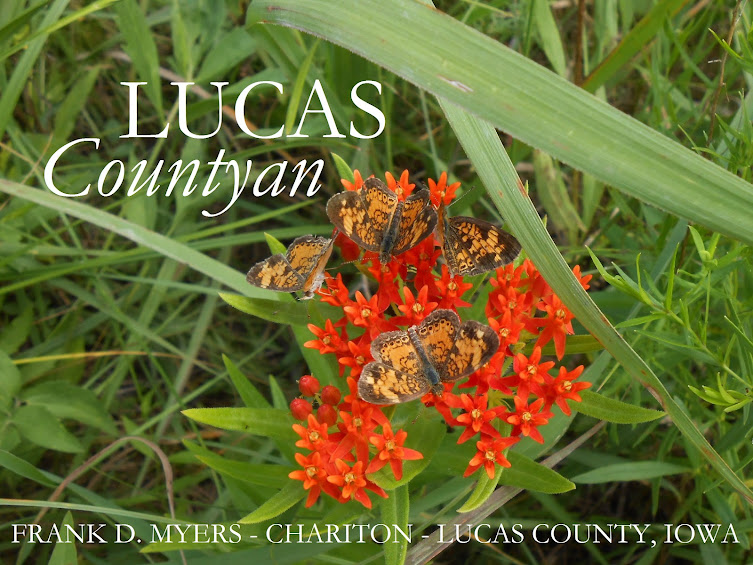There's been a delay here while I had breakfast --- bacon, sourdough toast with butter and orange marmalade, orange juice and coffee. Since Bacon Week is almost upon us, this seemed like the right thing to do.
You can read more about this year's Blue Ribbon Bacon Festival here. Sadly, many events seem to be sold out.
The bacon variety I favor, which you really can't see here, is Hy-Vee bulk, sliced down where there's a helpful smile in every aisle --- even staff knocked cold when elements of the ongoing expansion and reconstruction project fall on their heads go down grinning.
What you can see instead is my favorite non-essential kitchen device, a cast iron bacon press bought some years ago at the Dutchman's Store in Cantril. It ensures perfecly flat and evenly cooked slices, ideal for seasonal bacon, lettuce and tomato sandwhiches and for breakfast --- when order is essential. You don't want floppy spottily-cooked bacon at 5 a.m.
The bacon was cooked on the family griddle for aesthetic reasons. If the process hadn't been having its photo taken, I'd have used a skillet. With the griddle, one has to keep paper-towling melted fat away in order to avoid stovetop disaster.
The griddle's looking a little used, I'm afraid, but it's been cooking pancakes and, when needed, other stuff for more than 60 years. Just soft-scrub the bacon residue away, scald (the major reason why I have a teakettle), then oil and it's good for next time.
If it were not for pork, I probably could be a vegetarian (at least part of the time). And I know most Iowa hogs are raised under inhumane factory-farm conditions. On the other hand, free-range hogs gave me a good deal of grief growing up and I've never much liked the smart-alecky critters. So I really don't mind eating them.
+++
Besides, it's winter --- when carnivores traditionally have chowed down on their fellow creatures. We had 5-6 inches of snow all together overnight Tuesday and into Wednesday, which has now been shoveled; and the temperatures are heading below zero tonight.
My friend Kay, who heads up gardening efforts at the museum, wrote yesterday --- "The snow is glorious and I am sure the green and growing things are grateful." I'm hanging onto that thought.




































